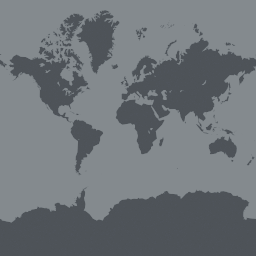The Dominican Republic has two important biological collections: the Instituto de Investigaciones Botánicas y Zoológicas (IIBZ) holding the oldest collections of plants, insects and fossils, and the Museo Nacional de Historia Natural Prof. Eugenio de Jesús Marcano (MNHN) holding the largest collections of current fauna and fossils in the country. These collections, due to the limited funds, have not—or only partially—been digitized.
The state of curation within the collections is not homogeneous. In general, MNHN has made great progress in curating its 130,000 specimens, but for IIBZ and its nearly 36,000 specimens, much work must be done in terms of curatorship. The use and availability of these data are essential to establish policies for the management of the Dominican natural resources.
Supported by the Ministerio de Medio Ambiente y Recursos Naturales and with the mentoring of the Arizona State University, Grupo Jaragua and the Instituto Geográfico Universitario, this project will focus its on the digitization and mobilization of the data to Symbiota and GBIF portals. A series of workshops will be scheduled to standardize the processes for capturing and incorporating data into digital platforms.
The project will result in data published through GBIF as well as distribution maps for key groups, their conservation status and presence in red lists, and species checklists for protected areas. Finally, the project will lay the foundation for the establishment of an information system on biodiversity for the Dominican Republic. This project will have national and international impact by providing original information and images from the biodiversity collections of the country.
Project progress
The project has achieved the following:
- Integration of the teams of both institutions
- Publication of two datasets, one for each institution
- Obtained two certifications from two members of the project
- Presentation of the project to the community at the CEICYT RD 2021, the JIC 2021 and the XVII CIC 2022
- Digitization of an important part of the records committed to both institutions
- All the profiles required to work with the datasets have been generated in the Symbiota portals. For example:
The IIBZ is incorporating data quality procedures into its Procedures Manual. All personnel working at the institute must undergo training on the Darwin Core standard, data cleaning and data collection from the field. This will allow future specimens entering the collection to contain curated data.
Likewise, for students of the Biology Bachelor's Degree of the School of Biology of the Universidad Autónoma de Santo Domingo, who use biodiversity data from the collections or are thinking of entering new field data for their thesis, will be encouraged the use of the DwC standards and GBIF data.



